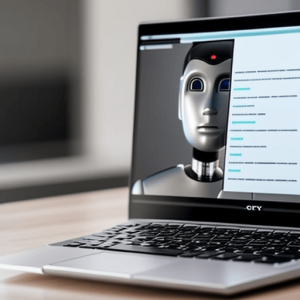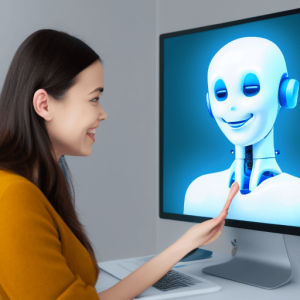ChatGPT is a natural language processing chatbot developed by OpenAI, a research business that specializes in artificial intelligence. It was trained using reinforcement learning from human feedback and has the ability to interact in a conversational manner, including answering follow-up questions, admitting mistakes, and challenging incorrect premises. It also has other capabilities, such as correcting grammar, summarizing text, converting movies into emojis, and even debugging code.
What is ChatGPT about?
According to ChatGPT itself, “ChatGPT is a variant of the GPT-3 language model that was specifically designed for conversational contexts. It was trained on a large dataset of human-human conversations, and can generate human-like responses to prompts given by a user. ChatGPT can be used to create chatbots or other conversational systems that can hold natural, human-like conversations with users. ChatGPT can also be used to generate responses to prompts in other contexts, such as generating responses to customer service inquiries or generating responses to questions in a Q&A system.”
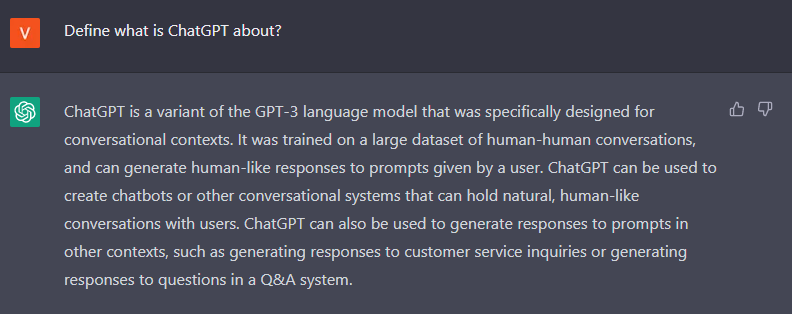
Brief History of ChatGPT
OpenAI is a research business that specializes in artificial intelligence. It was founded in 2015 by Sam Altman and Elon Musk, with the goal of advancing digital intelligence in a way that will benefit humanity. While Elon Musk is no longer actively involved in the business, he remains a donor and advisor. OpenAI has shifted from being a non-profit organization to a capped-profit organization.
ChatGPT launched on wednesday. today it crossed 1 million users!
— Sam Altman (@sama) December 5, 2022
ChatGPT was first opened up for beta testing in November 2021 and officially launched in November 2022. Its development was part of OpenAI’s efforts to improve upon previous AI chatbots, such as those developed by Microsoft and Meta, which had issues with providing false or inappropriate information. To help prevent such issues, OpenAI employed a moderation API, a system that assists developers in identifying content that goes against their policies, such as illegal or unsafe information.
ChatGPT is part of a larger suite of AI programs developed by OpenAI, including GPT3 and Dall-E. GPT3, or Generative Pre-training Transformer 3, is a natural language system that can write, argue, and code. It was used as the basis for ChatGPT and has been described as a “stunningly lifelike” language system. Dall-E is a text-to-image AI software that can create images based on written descriptions. It was developed by OpenAI as a way to demonstrate the capabilities of AI in generating new content.
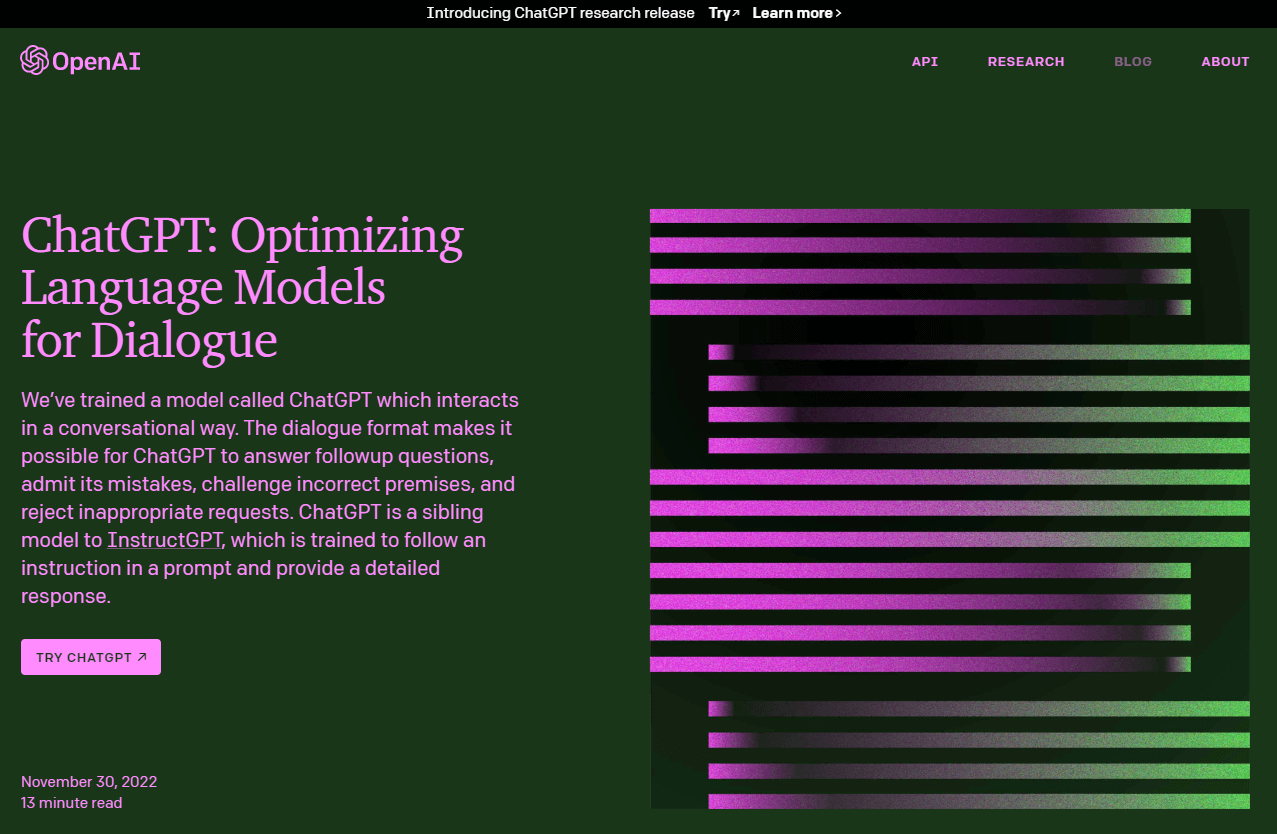
Development of ChatGPT
ChatGPT was developed using artificial intelligence and machine learning, with massive amounts of text data from various sources. It was trained using reinforcement learning from human feedback, which helps it to learn and improve over time.
AI refers to the ability of a computer or machine to perform tasks that typically require human-like intelligence, such as learning, problem-solving, and decision-making. ChatGPT was developed using AI algorithms and technologies that allow it to perform tasks such as natural language processing and text summarization.
Machine learning, on the other hand, is a type of AI that allows a system to automatically learn and improve from experience without being explicitly programmed. ChatGPT was trained using machine learning techniques, which involved feeding it massive amounts of text data from various sources. This allowed it to learn and improve over time through a process called reinforcement learning, which involved providing it with feedback on its performance.
In order to prevent harmful outputs, OpenAI employed a moderation API, a system that assists developers in identifying content that goes against their policies, such as illegal or unsafe information. This system is not perfect, but it helps to mitigate the risk of ChatGPT providing false or inappropriate information.
The moderation API is not a perfect system, and it is not able to catch all harmful or inappropriate content. However, it can be an effective tool for helping to mitigate the risk of ChatGPT providing false or inappropriate information to users. By using the moderation API, developers can help to ensure that ChatGPT remains a useful and reliable chatbot that provides accurate and appropriate responses to user inquiries.
Key Features of ChatGPT
ChatGPT has a number of capabilities that make it useful for a variety of applications. These capabilities include natural language processing, text summarization, emoji conversion, and code debugging.
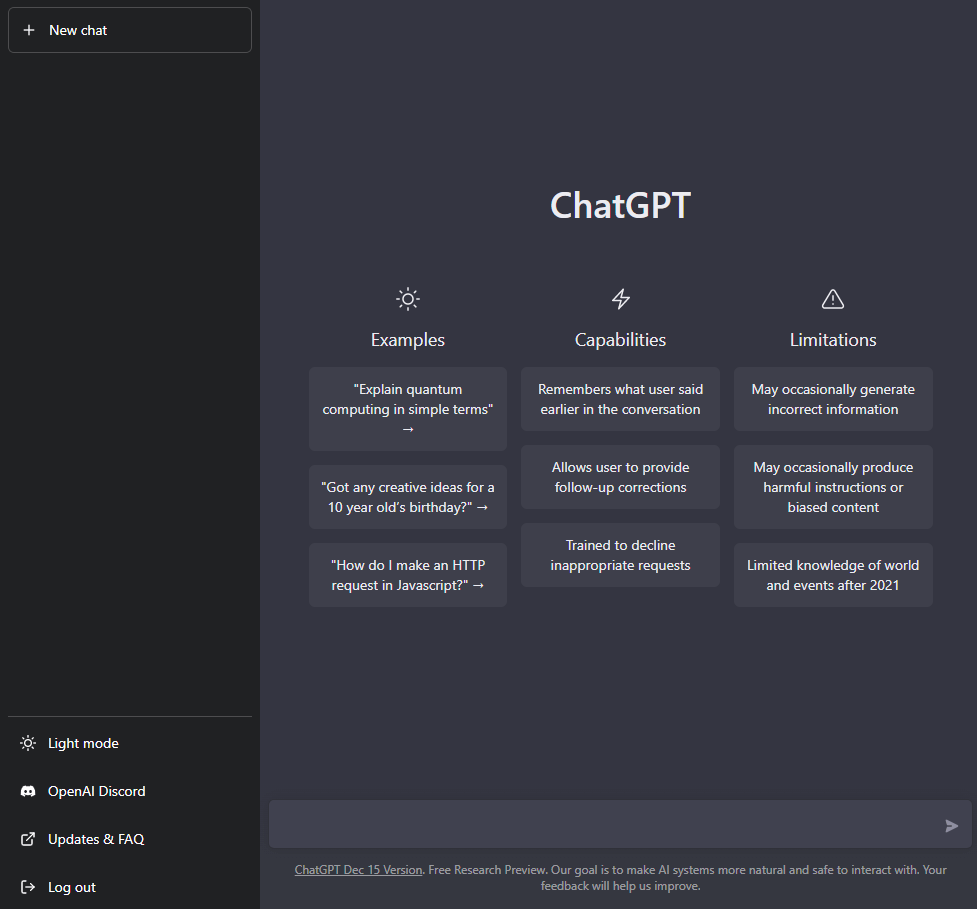
Natural Language Processing
Natural language processing (NLP) refers to the ability of a computer or machine to understand and process human language. ChatGPT is able to use NLP to interact with users in a conversational manner, including answering follow-up questions, admitting mistakes, and challenging incorrect premises. This allows it to have more natural and lifelike interactions with humans.
Text summarization
Text summarization is the process of condensing a large amount of text into a shorter, more easily digestible form. ChatGPT is able to perform text summarization by identifying and extracting the most important or relevant information from a given text. This can be useful for tasks such as summarizing a long document or article, or simplifying complex concepts for easier understanding.
Emoji conversion
Emoji conversion is the process of taking a movie or video and converting it into a series of emojis, which can be used to convey the content in a more concise and visually appealing way. ChatGPT is able to perform emoji conversion by analyzing the content of a given movie or video and selecting appropriate emojis to represent it.
Code debugging
Code debugging is the process of identifying and fixing bugs in computer programs. ChatGPT is able to perform code debugging by analyzing Python code and identifying errors or issues that may cause the program to malfunction. This can be useful for programmers and developers who are trying to improve the efficiency and reliability of their code.
These capabilities demonstrate the versatility and intelligence of ChatGPT as a natural language processing chatbot, and its potential to be useful in a variety of applications.
Potential Limitations of ChatGPT3
There are a number of potential limitations and challenges associated with ChatGPT. Some of these limitations and challenges include:
Accuracy
ChatGPT is trained using large amounts of text data from various sources, but it may still be prone to errors or misunderstandings. It may not always provide accurate or appropriate responses to user inquiries, and it may struggle to understand complex or nuanced language.
According to OpenAI’s FAQ about ChatGPT, it is not connected to the internet, and as such can sometimes provide inaccurate answers. Furthermore, it may also offer instructions or content that are biased or even potentially dangerous as its understanding of world events after 2021 is limited in scope.
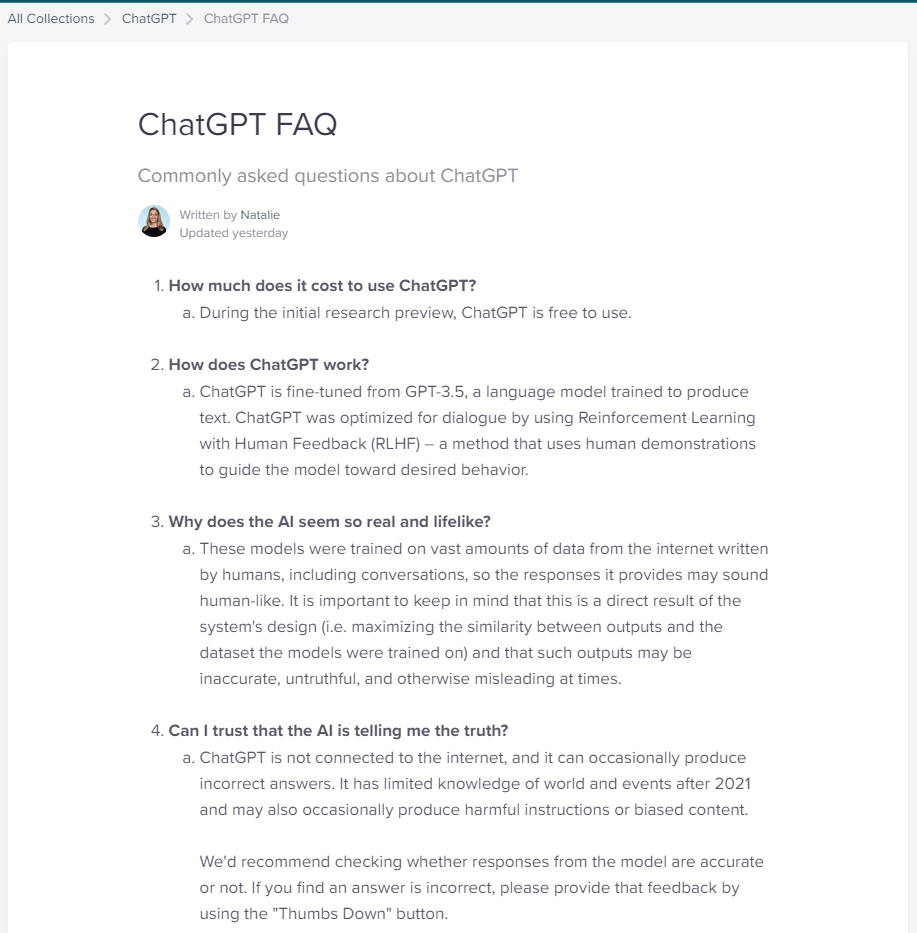
Bias
ChatGPT is trained using data from various sources, which may include biased or inaccurate information. This could result in the chatbot exhibiting bias or providing false or misleading responses. It’s important to ensure that the data used to train ChatGPT is checked for accuracy and bias before it is used.
Contextual understanding
ChatGPT may struggle to understand the context of a conversation or inquiry, which could lead to confusion or inappropriate responses.
Privacy concerns
ChatGPT is designed to interact with users in a conversational manner, which may raise privacy concerns if it is collecting and storing personal information from users.
Dependence
ChatGPT may become an over-relied-upon source of information or assistance, which could lead to a lack of critical thinking and problem-solving skills.
Ethical concerns
ChatGPT and other AI systems raise ethical concerns, including the potential for AI to be used for harmful purposes or to displace human jobs.
These limitations and challenges demonstrate the importance of considering the limitations and potential risks associated with AI technology, and the need to address these issues in order to ensure the safe and ethical development and use of ChatGPT and other AI systems.
Conclusion
ChatGPT is a powerful tool that has the potential to revolutionize how we interact with technology. From text summarization and emoji conversion, to code debugging and more, ChatGPT can provide an efficient way of accomplishing tasks while potentially saving time and money. However, it’s important to consider the limitations of AI systems such as ChatGPT in order to ensure their safe use. With proper research, development, and implementation strategies in place, AI technologies like ChatGPT have the potential to be used for great good – improving our lives through increased efficiency and accuracy while helping us make better decisions faster than ever before.

